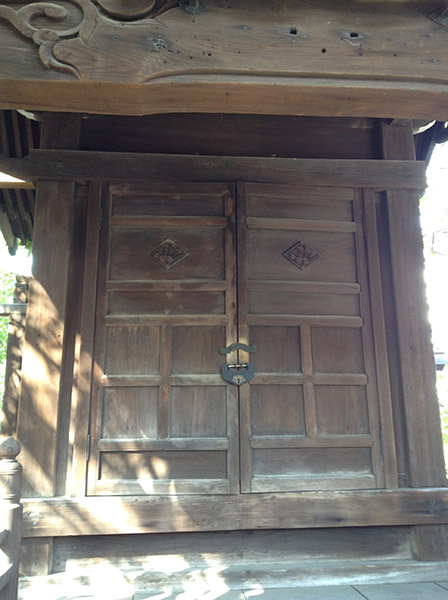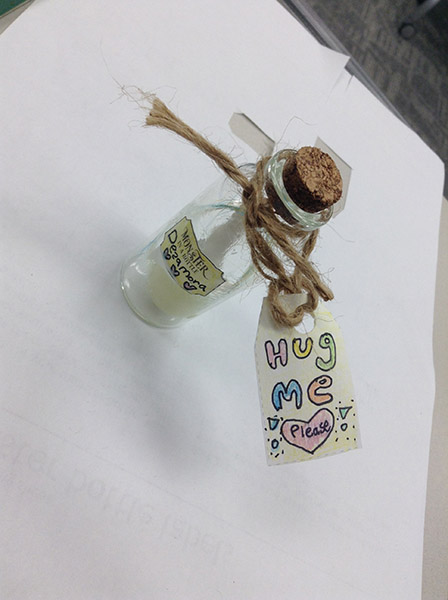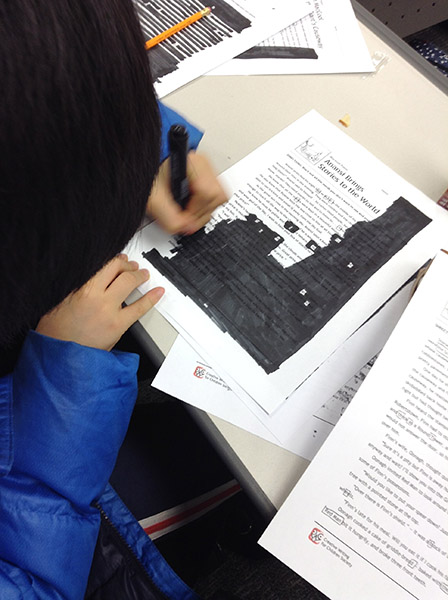I’m hunkered down in Yongin, Korea, for the next week leading the “Monsters & Mythology” writing camp for some young authors aged 8 to 13. During this first portion of the camp, I’ve been leading the students in a rather structured story—sort of a mini “hero’s journey.”
I’ve given students three points of inspiration: a magic door to begin the adventure, a map for a character to follow once he or she is through the door, and a monster to face by the end.
We started with a simple brainstorming sheet to collect ideas:

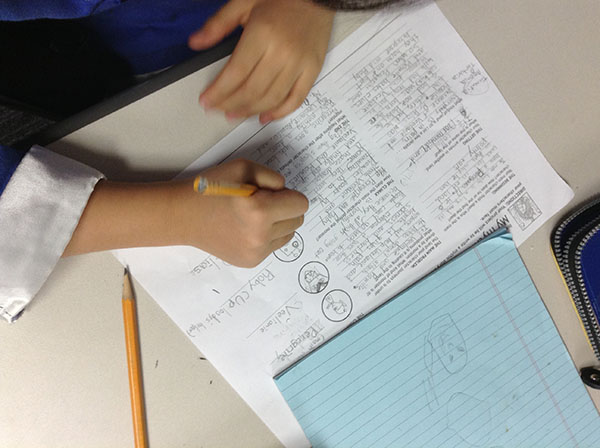

In the following workshop, we designed and built our own doors. This if one of my favourite activities, as it’s such a great inspirational tool and gives students something physical and real that they can describe in their stories. Here’s a few of their doors.
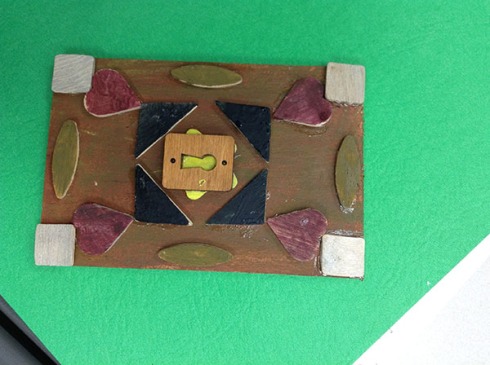






Next, we designed our own maps, which could then serve as a visual plot outline for the rest of the story. We started this activity by doing a general one in which the kids sent me on a journey through a treacherous world. As you can, they threw all the typical things at me that they know I hate: clowns, ketchup, flying monkeys . . . all the basic things that generally terrify me:

This set up the students for taking a more thoughtful approach to their individual story maps:

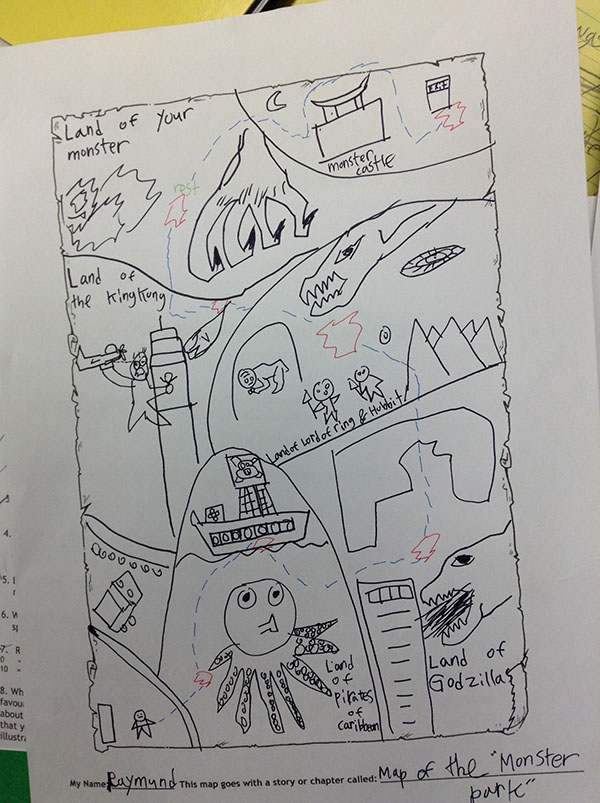


Finally, we’ve been working on some individual monster designs. Many of the students chose to represent their monsters in “wanted” posters.

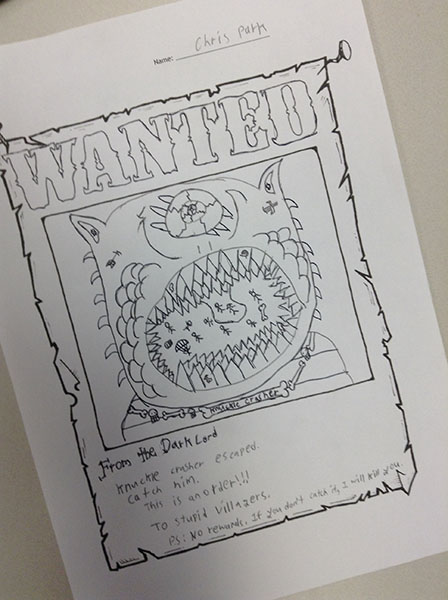


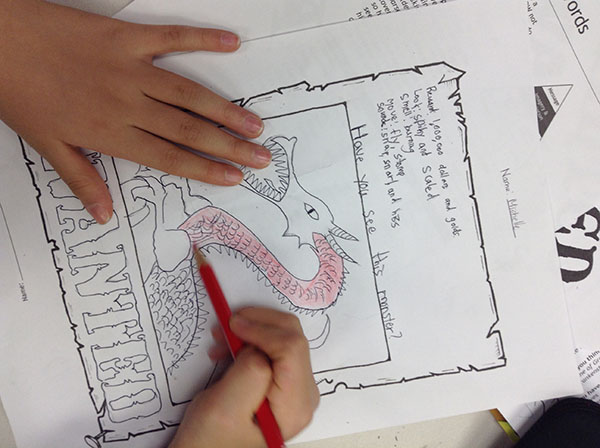
Next up? We’ll be creating our own monster languages!















